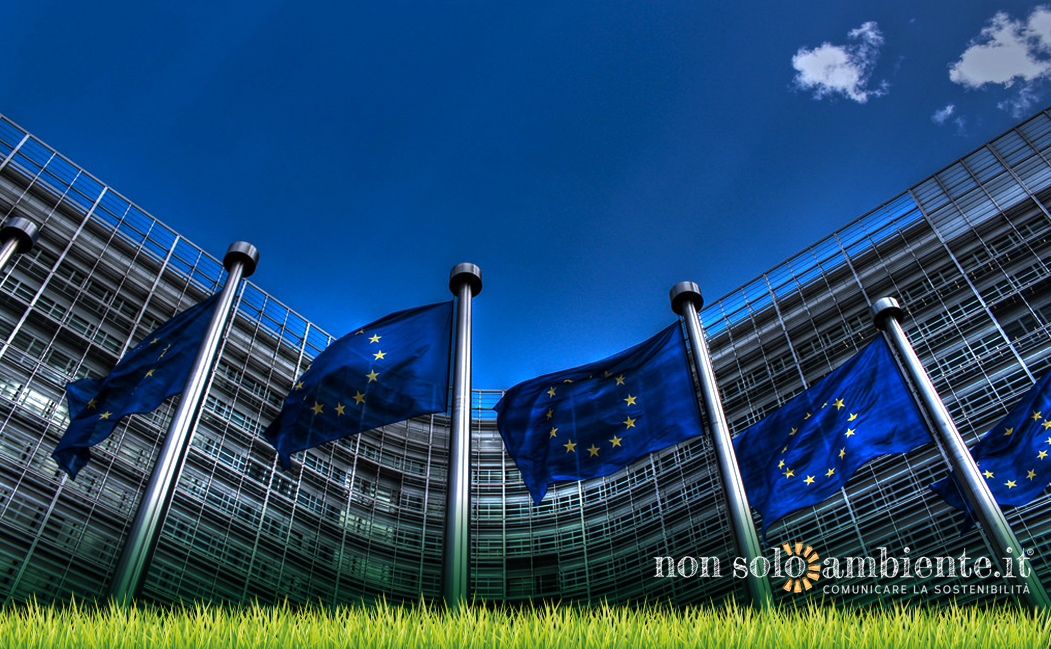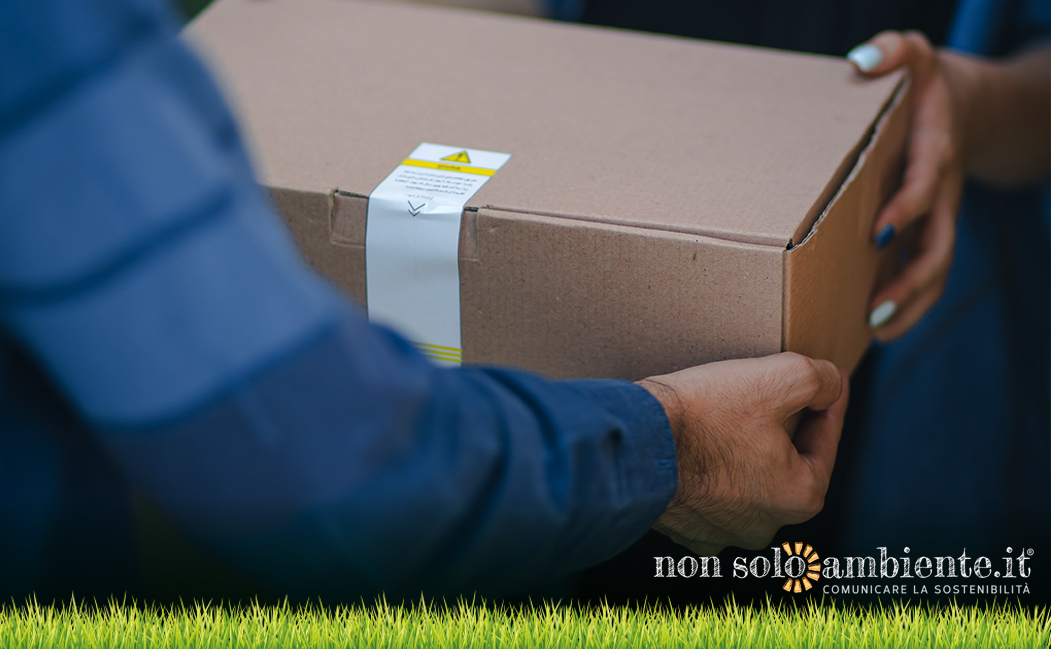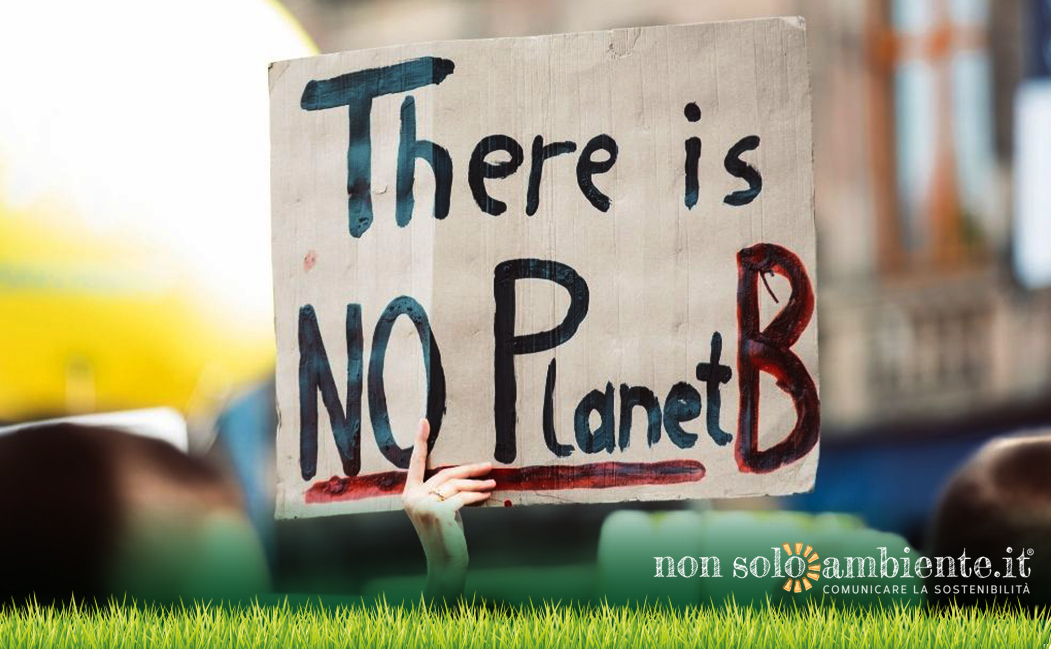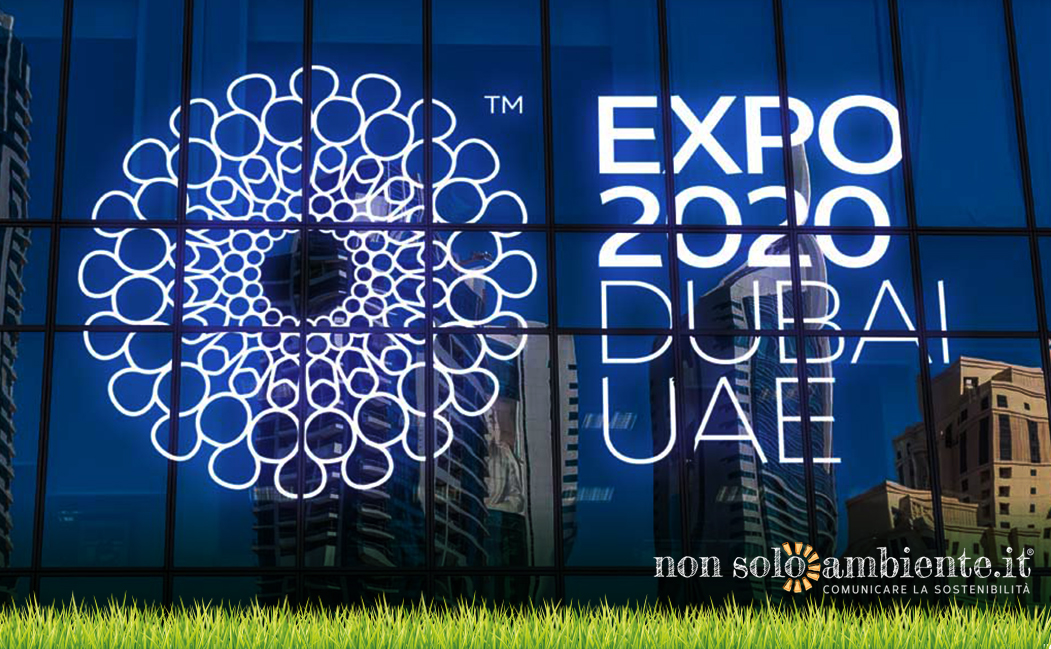
Ultime Notizie

On December 11th, the European Green Deal has been presented by the European Commission. The document is a roadmap for making the EU’s economy sustainable by turning climate and environmental challenges into opportunities across all policy areas and making the transition inclusive for all.
On December 11th, EU Commission President Ursula von der Leyen outlined the European Green Deal, aiming at achieving a climate-neutral economy within 2050. The Green Deal aims at eliminating net CO2 emissions in every economic sector, from energy production to transport, buildings heating and cooling, agricultural activities and manufacturing processes industries. The Green Deal had been announced on several occasions by Ursula von der Leyen, during her candidacy campaign for the European Commission’s presidency.
The EU Commission estimated 260 billion euros to reach the goals within 2030. At least 25% of the long-term European budget will be allocated to climate-related actions and the European Investment Bank (EIB) will provide additional financing for sustainable projects, in order to reduce polluting emissions and promote the dissemination of clean technologies. In order to become the first "climate neutral" continent of our planet to the normative level, Brussels wants to present the first European climate law within 100 days (March 2020); moreover, next summer a plan will come to raise the target of reducing to 50-55% CO2 emissions by 2030.
The key actions
In 2020-2021, many key actions will start aiming at climate neutrality within 2050, including several proposals to revise and strengthen some directives (on energy efficiency, renewable energy, taxation on energy products).Here are the key points:
1. Climate neutral Europe; the EU will aim to reach net-zero greenhouse gas emissions by 2050, a goal that will be presented in March 2020.
2. Circular economy; a new circular economy action plan will be planned in March 2020, as part of a broader EU industrial strategy. It will include a sustainable product policy which ensures that products can be reused and recycled.
3. Building renovation; this is meant to be one of the flagship programmes of the Green Deal. The key objective is to at least double or even triple the renovation rate of buildings, which currently stands at around 1%.
4. Zero-pollution; the goal is to reach a “pollution-free environment” by 2050. New initiatives there include a chemical strategy for a “toxic-free environment”.
5. Ecosystems & biodiversity; a new biodiversity strategy will be presented in March 2020, in the run-up to a UN biodiversity summit taking place in China in October. This includes measures to tackle soil and water pollution as well as a new forest strategy.
6. Farm to fork strategy; the new strategy - starting in spring 2020 - will aim for a “green and healthier agriculture” system. This includes plans to reduce the use of chemical pesticides, fertilisers and antibiotics, as stated by an EU Official.
7. Transports; the current goal is to reach 95gCO2/km by 2021. Electric vehicles will be further encouraged with an objective of deploying 1 million public charging points across Europe by 2025. “Every family in Europe needs to be able to drive their electric car without having to worry about the next charging station,” as explained by an EU Official.
“Sustainable alternative fuels– biofuels and hydrogen – will be promoted in aviation, shipping and heavy duty road transport where electrification is currently not possible"
- A transition fund that will mobilise resources from the EU’s regional policy budget;
- The “InvestEU” programme, with money coming from the European Investment Bank;
- EIB funding coming from the EU bank’s own capital.
9. R&D and innovation; 35% of the EU’s research funding will be set aside for climate-friendly technologies under an agreement struck earlier this year.
10. External relations; an EU Official explained that "one measure likely to attract attention – and controversy – is a proposal for a carbon border tax. As Europe increases its climate ambitions, we expect the rest of the world to play its role too. But if not, Europe is “not going to be naïve,” and will protect its industry against unfair competition".
You can take a look at the full Press Statement by Ursula von der Leyen here:
Source: European Commission
Tags:
Potrebbero interessarti ...
Snam’s commitment to sustainability at Dubai Expo 2020
13 Ottobre 2021No more chocolate by 2050 because of extreme droughts effects
22 Settembre 2021How much CO₂ do urban forests absorb?
15 Settembre 2021Iscriviti alla nostra Newsletter!
Sei un sostenitore dell'ambiente in tutte le sue forme? Allora sei nel posto giusto!
Iscriviti subito!




